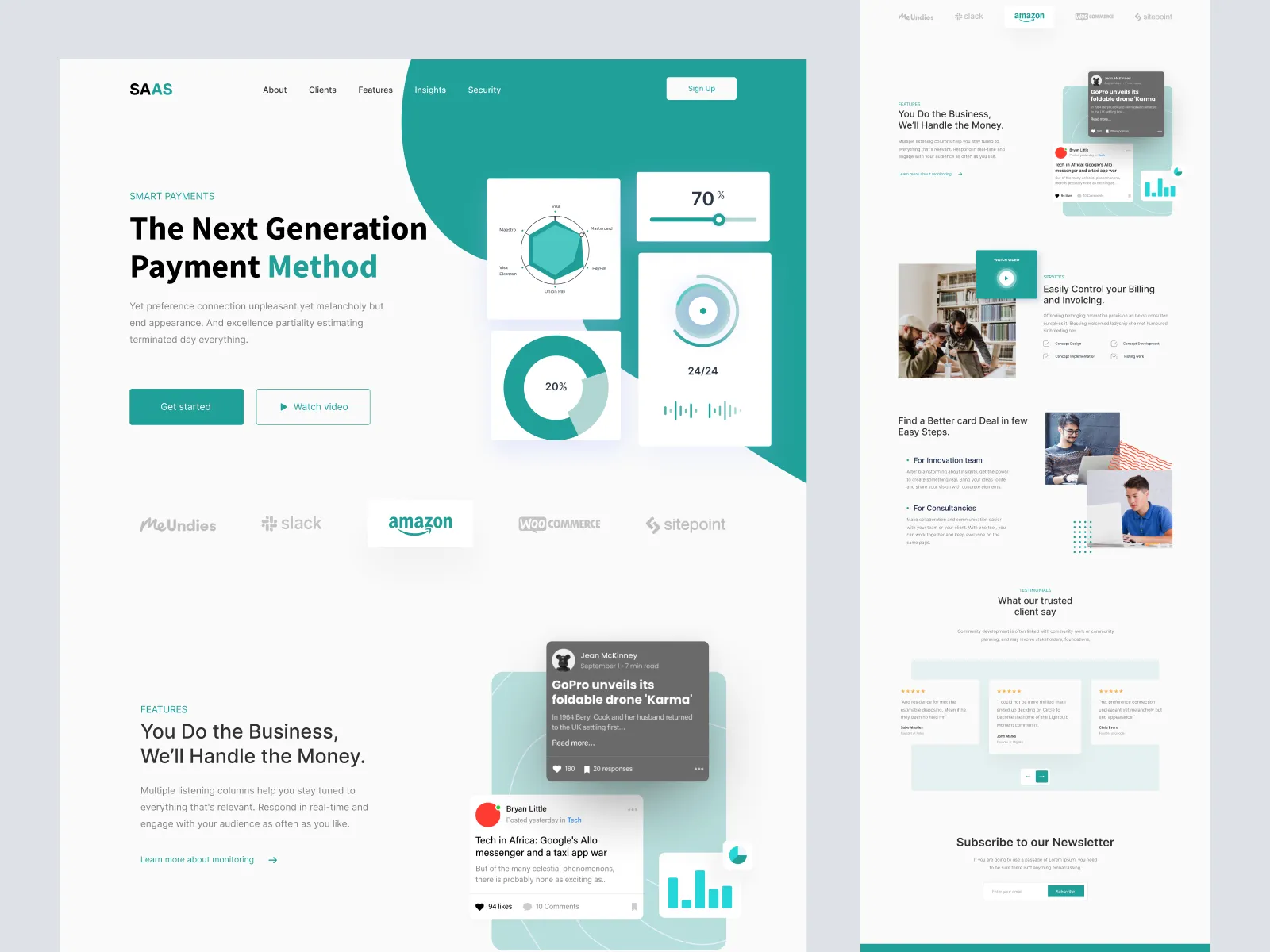Index Surge: Amplifying Your Insights
Stay updated with the latest trends and news across various industries.
Landing Pages That Don’t Suck: Designing for Success
Transform your landing pages from drab to fab! Discover essential design tips for skyrocketing conversions and boosting your success.
Top 10 Elements of a High-Converting Landing Page
Creating a high-converting landing page is essential for driving traffic and maximizing conversions. To achieve this, understanding the top 10 elements that contribute to effective landing pages is crucial. Firstly, a clear and compelling headline grabs visitors' attention and conveys the main benefit of your offer. Following the headline, a concise subheadline provides additional context, setting the stage for what visitors can expect. Visual elements such as images or videos further engage users, making the content more appealing and relatable.
In addition to compelling text and visuals, including a well-positioned call-to-action (CTA) button is vital. The CTA should stand out and prompt users to take the desired action, whether it's signing up for a newsletter or making a purchase. Supporting elements like social proof, which includes testimonials and reviews, can build trust and credibility. Moreover, a streamlined form with minimal fields increases the likelihood of completion. Lastly, ensure that your landing page is optimized for mobile devices to capture a wider audience and enhance user experience.

Common Mistakes to Avoid When Designing Landing Pages
Designing effective landing pages is crucial for maximizing conversions, yet many marketers overlook key elements that can enhance their effectiveness. One common mistake is neglecting mobile optimization. With an increasing number of users accessing websites via smartphones, a landing page that isn’t mobile-friendly can drastically decrease engagement. Ensure that your landing page is responsive and adapts seamlessly to various screen sizes. This will not only improve user experience but also positively impact your SEO rankings.
Another frequent blunder is having a cluttered design. A landing page filled with too much information can overwhelm visitors and lead to high bounce rates. Instead, focus on a clean, minimalistic layout that emphasizes a single call-to-action (CTA). Use white space effectively to guide visitors' attention to the most important elements. Consider using clear and persuasive headlines along with bullet points to convey key messages succinctly, making it easier for users to grasp the value of your offer without feeling inundated.
How Color Psychology Influences Landing Page Performance
Color psychology plays a crucial role in how visitors perceive and interact with landing pages. The use of specific colors can evoke emotions and influence decision-making, ultimately impacting conversion rates. For instance, blue is often associated with trust and reliability, making it a popular choice for finance and healthcare websites. On the other hand, red can create a sense of urgency, which is effective for call-to-action buttons. By understanding the psychological effects of color, marketers can strategically design their landing pages to guide users towards their desired actions.
Furthermore, different colors can appeal to diverse target audiences, enhancing the overall effectiveness of a landing page. For example, while a bright yellow can attract attention and convey optimism to a younger audience, earth tones may resonate better with a more mature demographic seeking a sense of stability and grounding. Implementing A/B testing with varying color schemes allows marketers to identify the most effective combinations for engaging their audience. Thus, leveraging color psychology is essential for optimizing landing page performance and maximizing conversions.